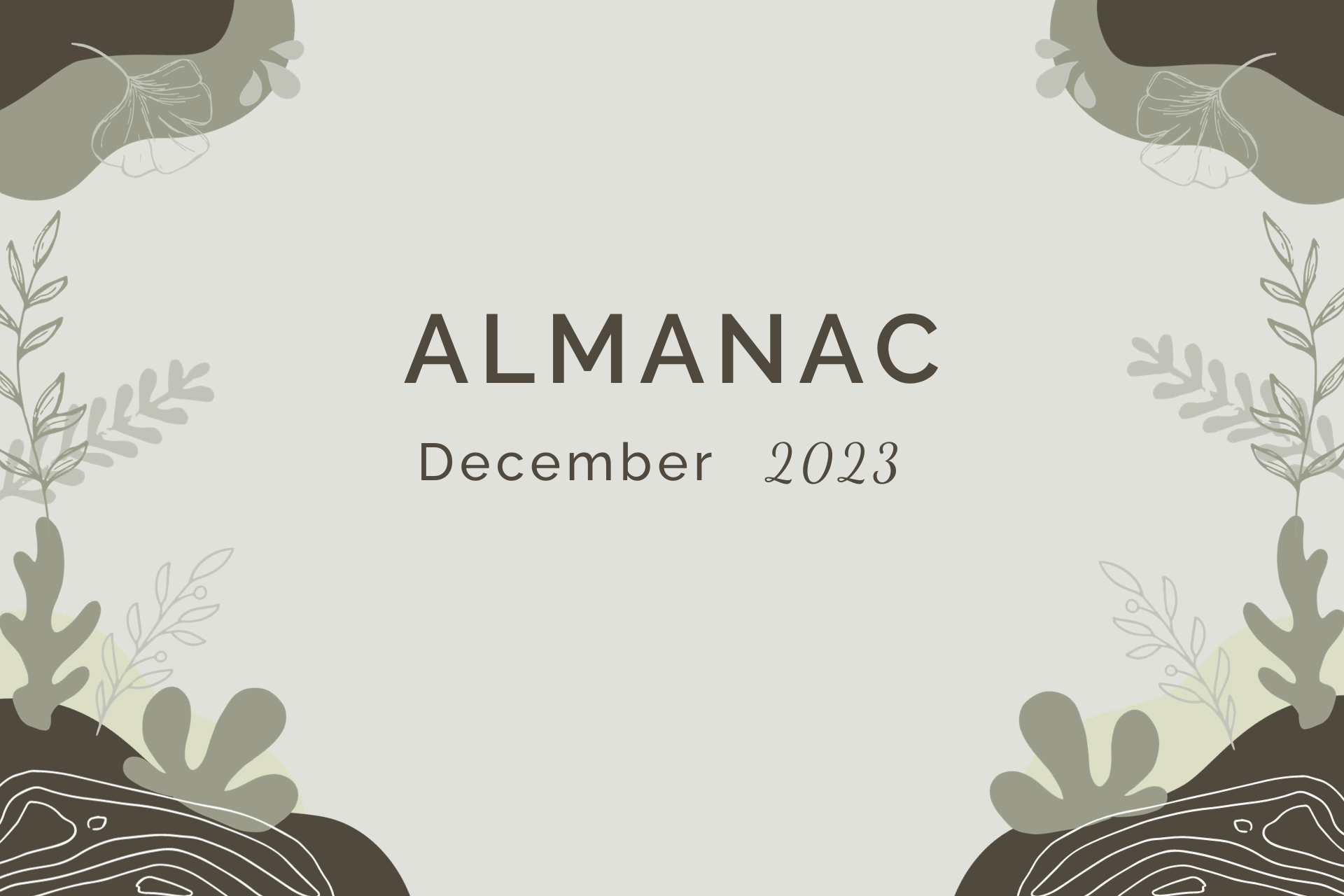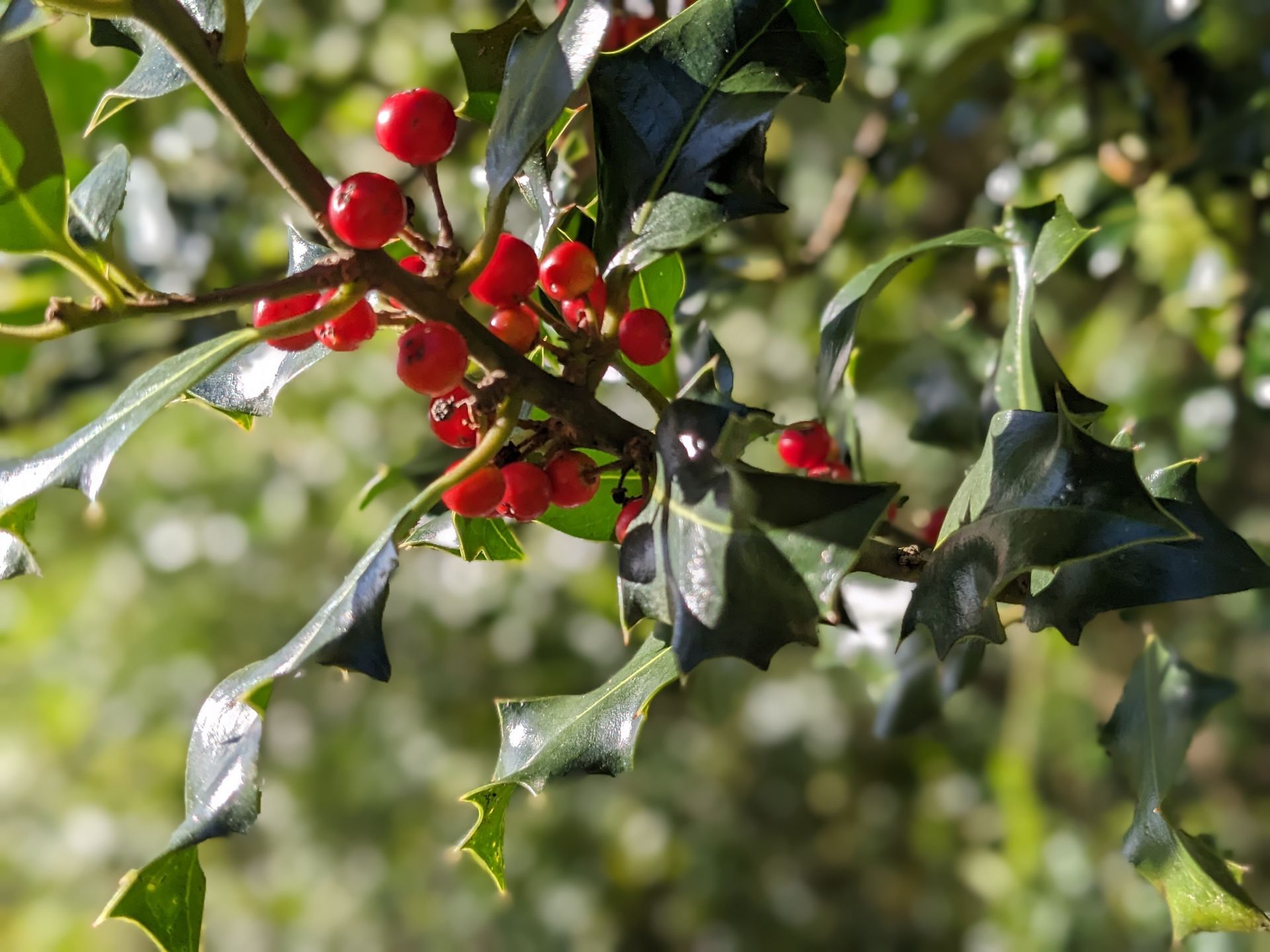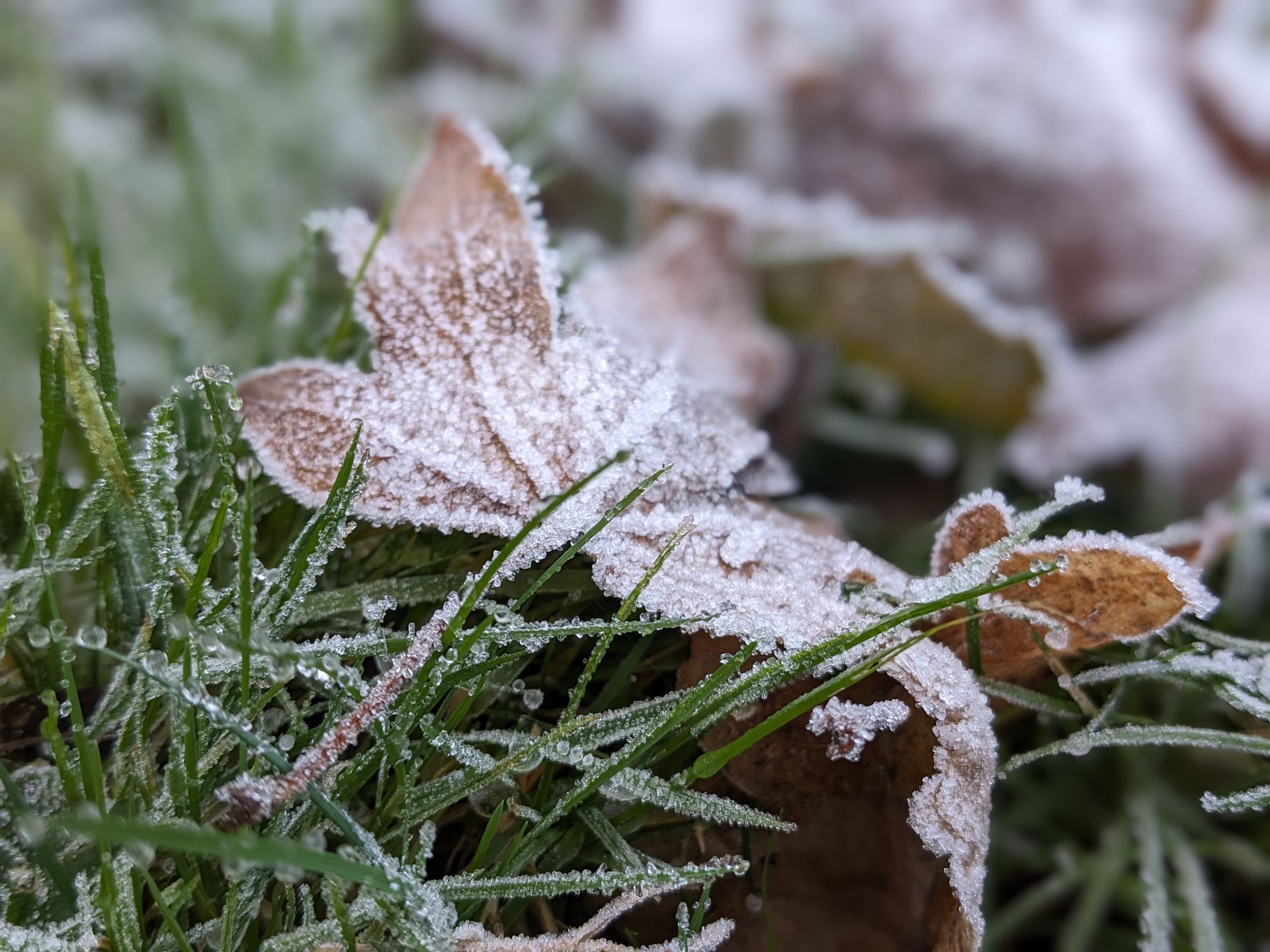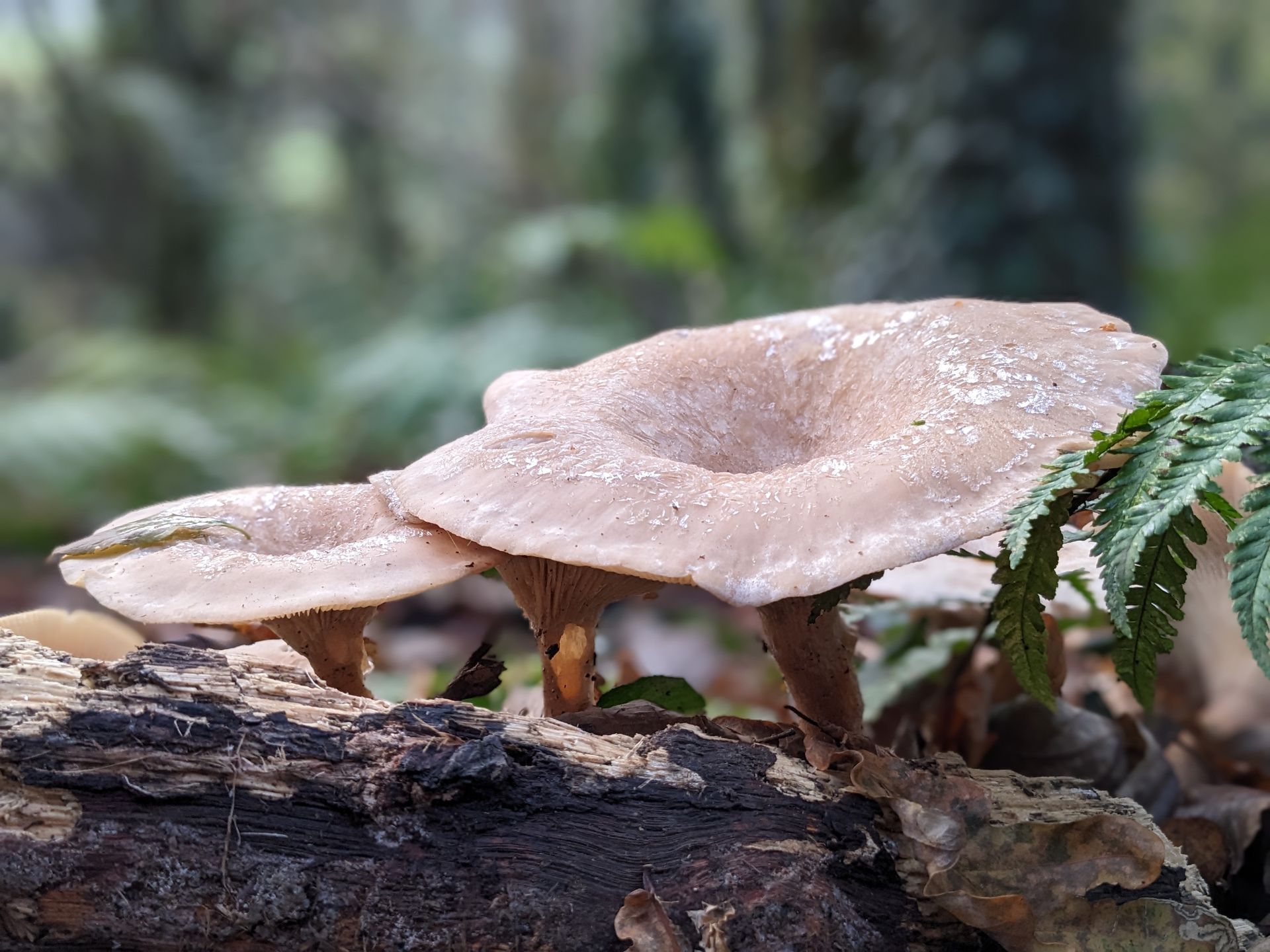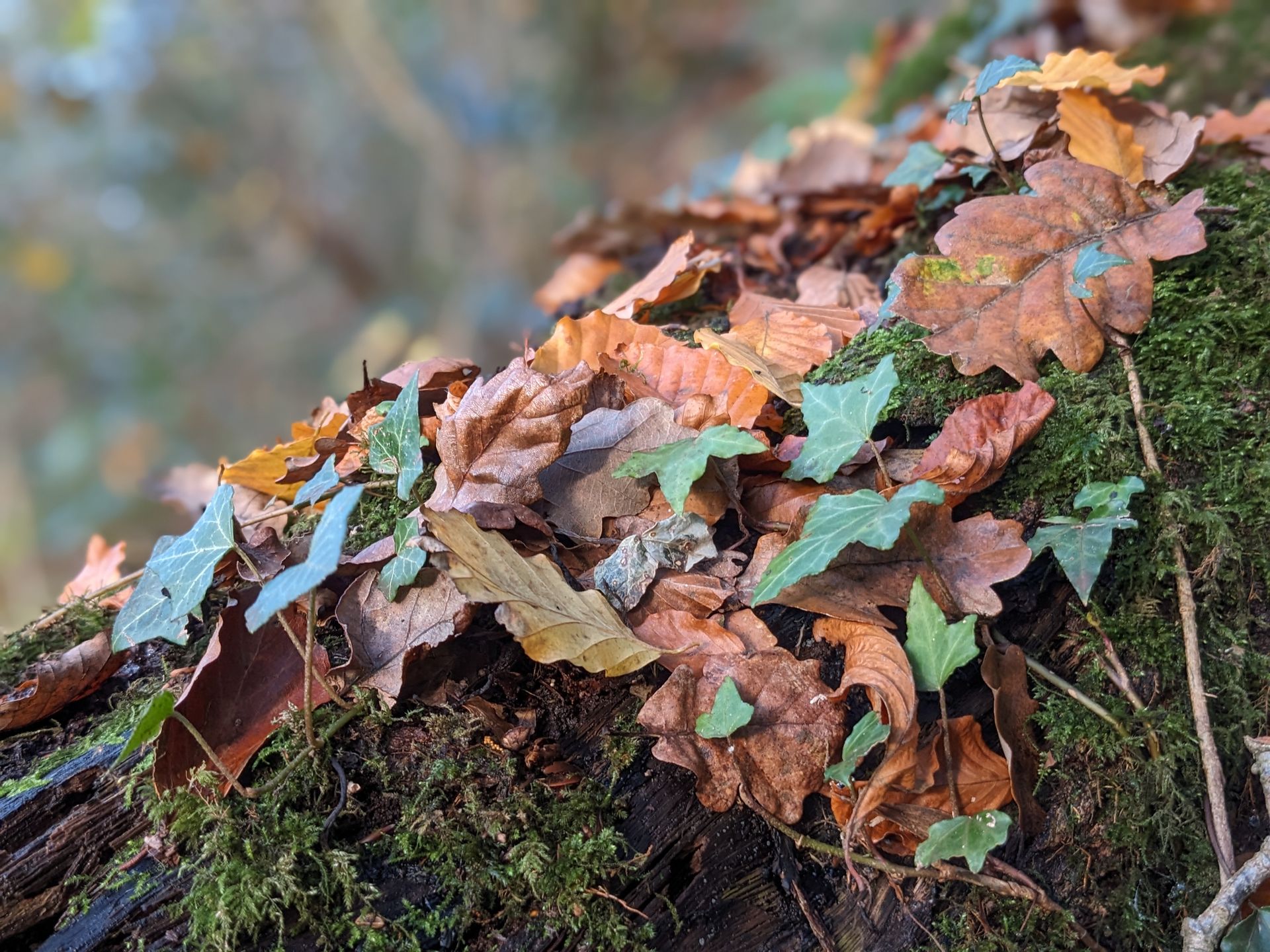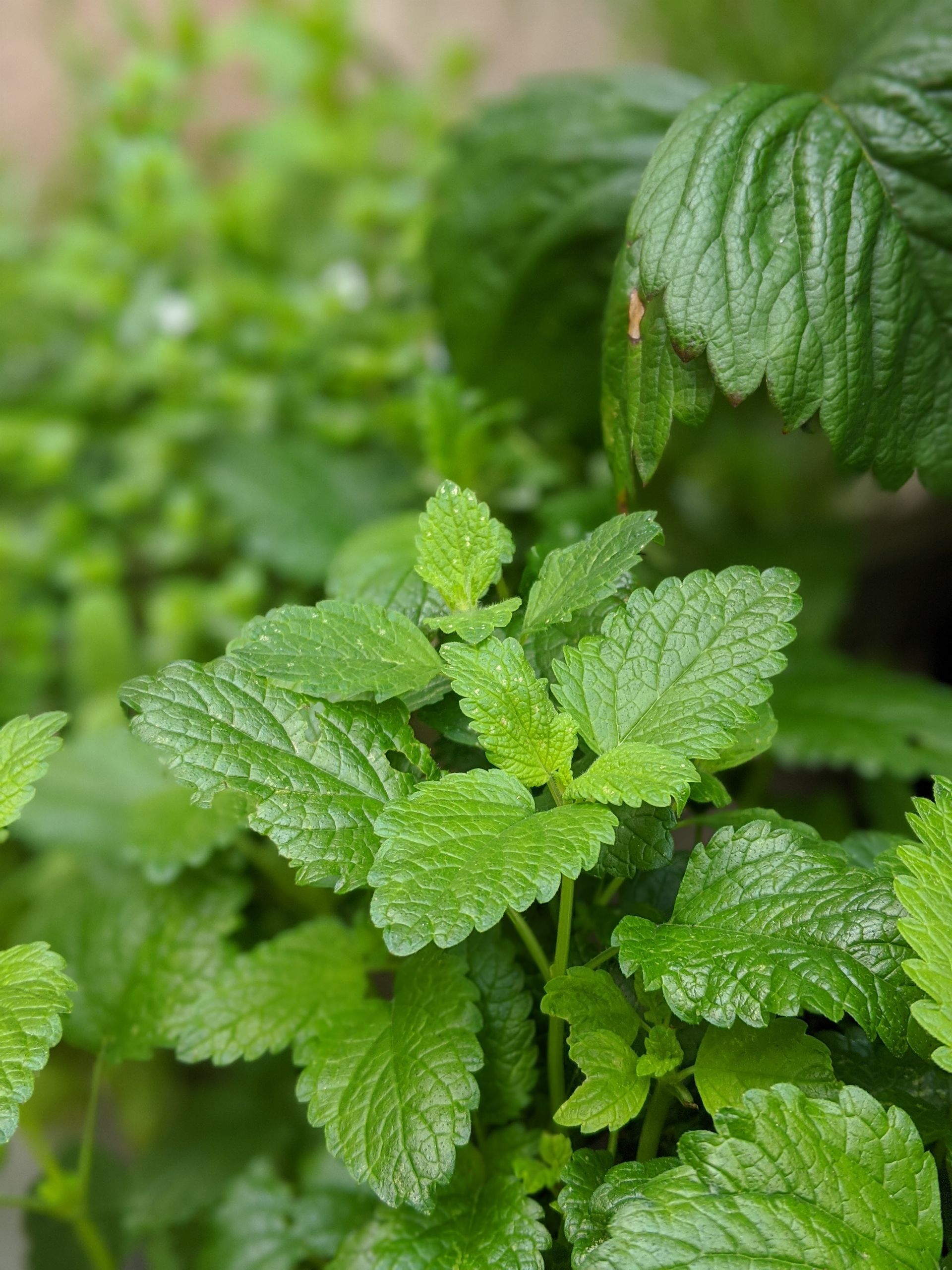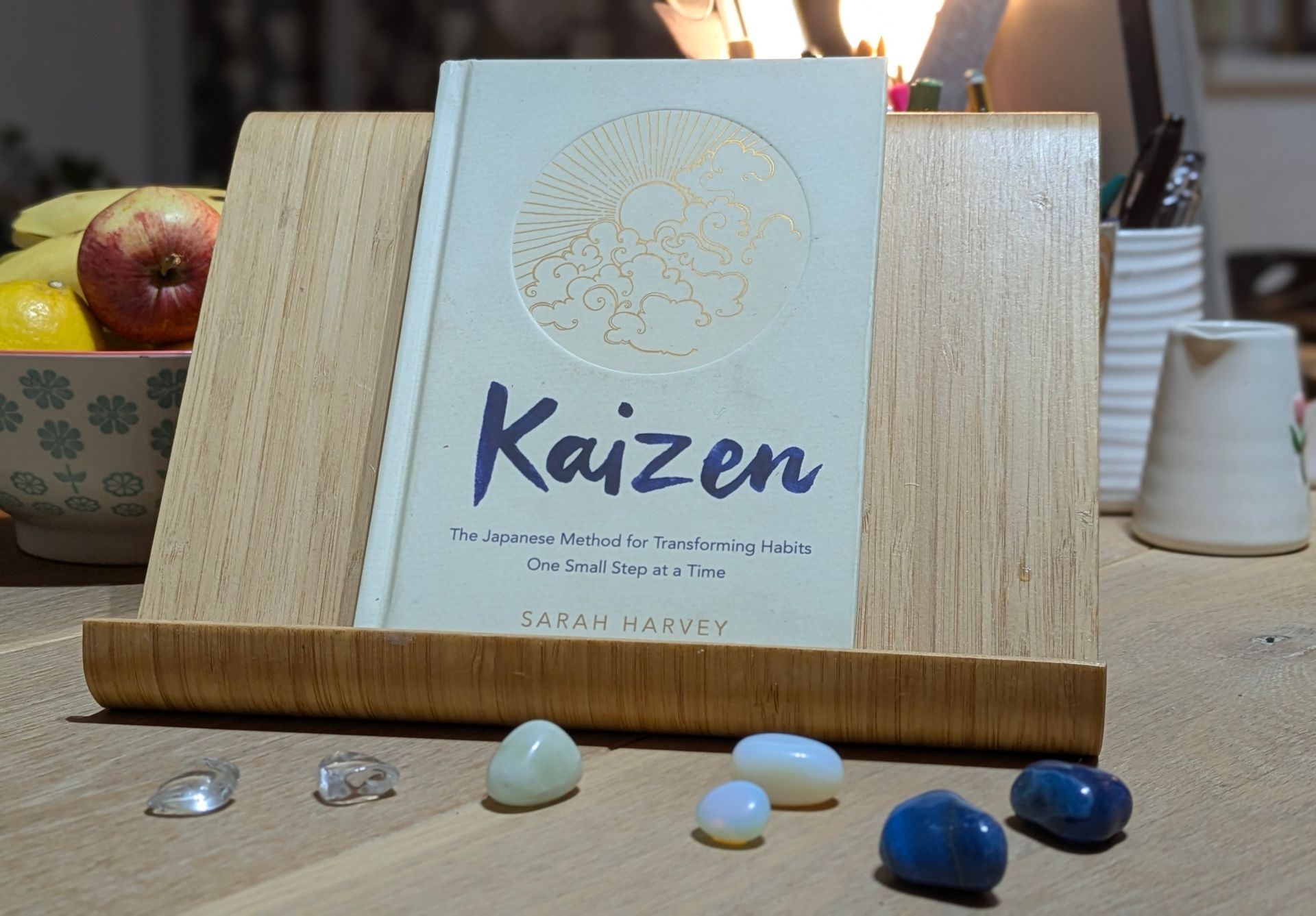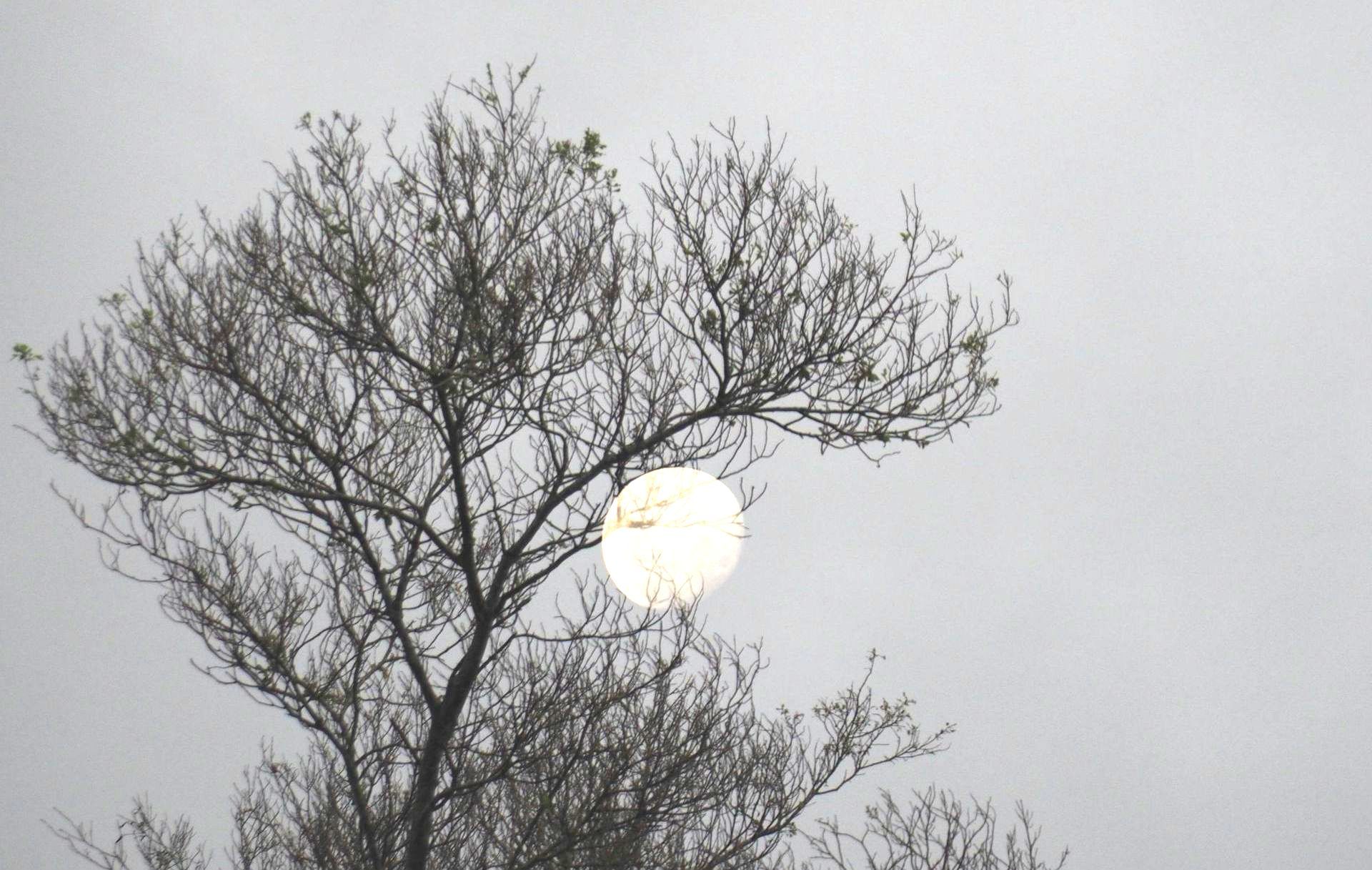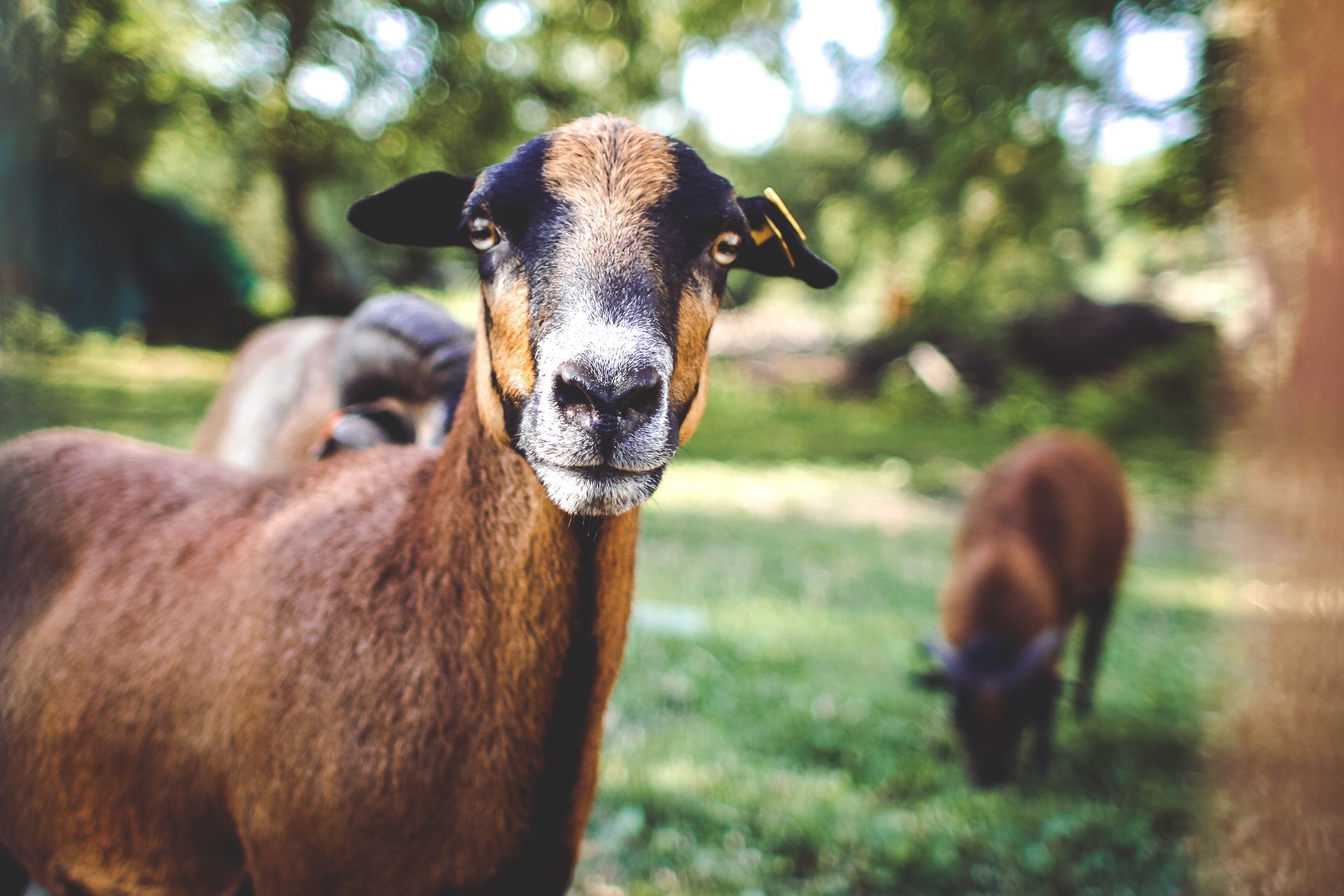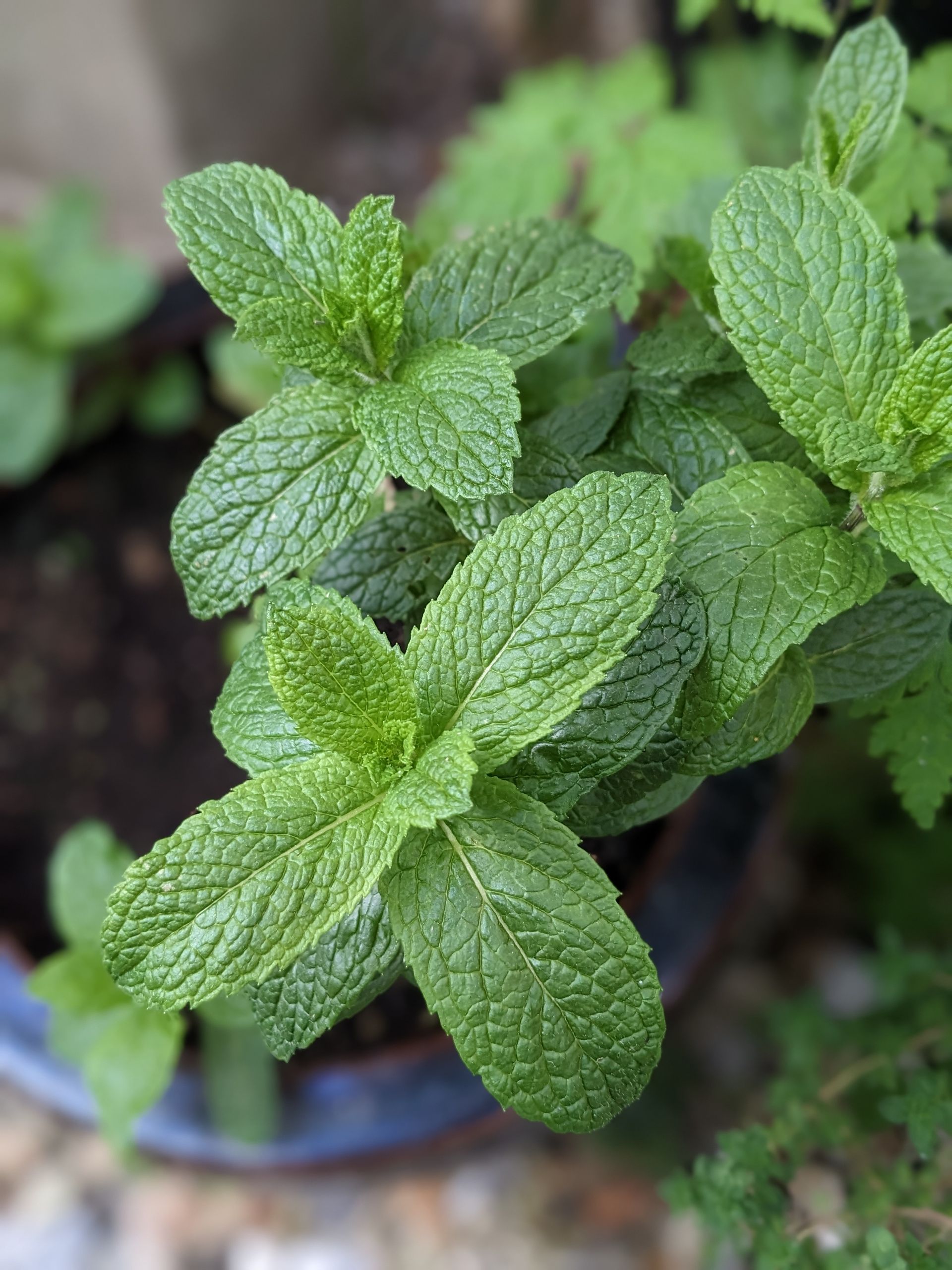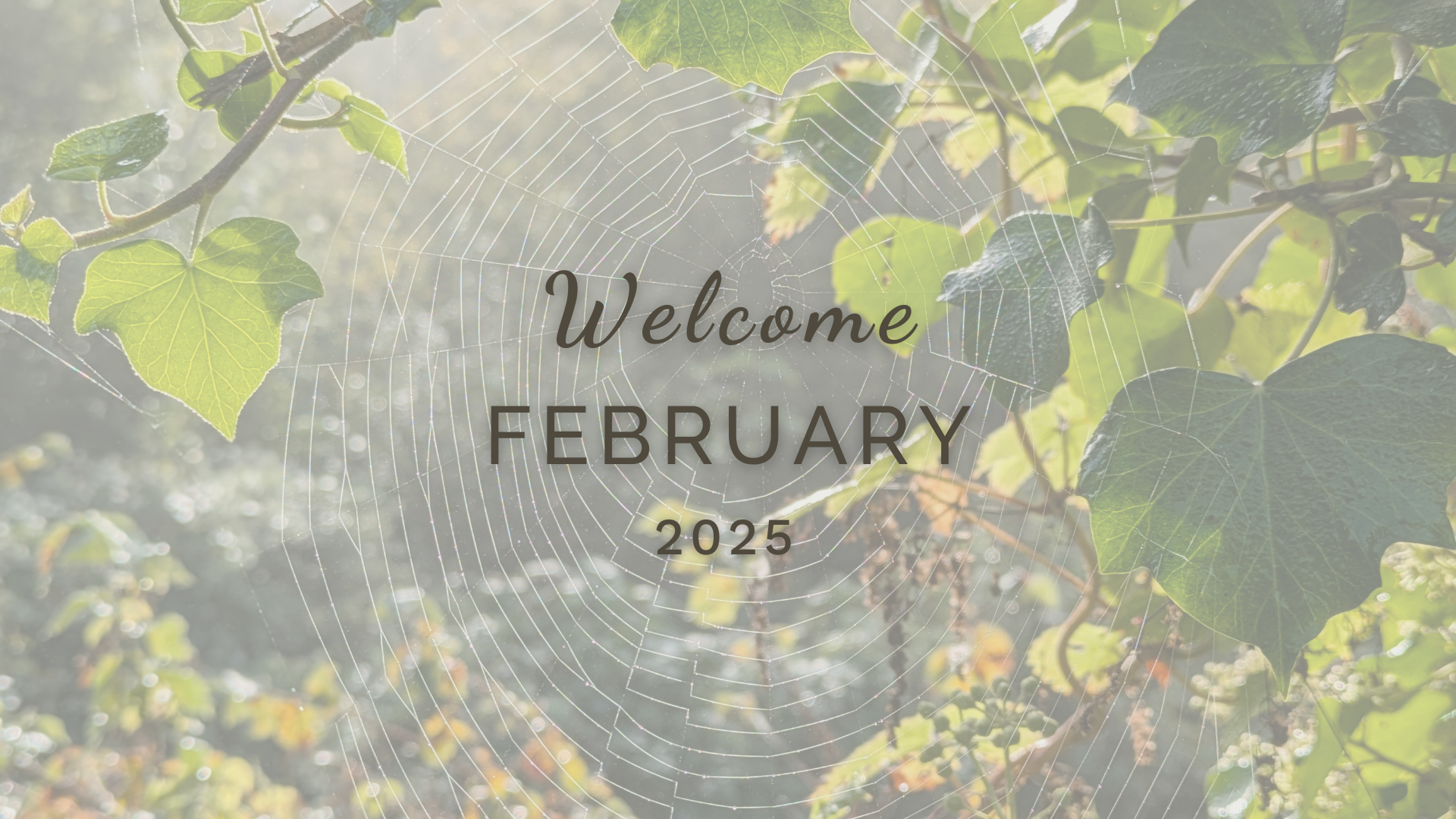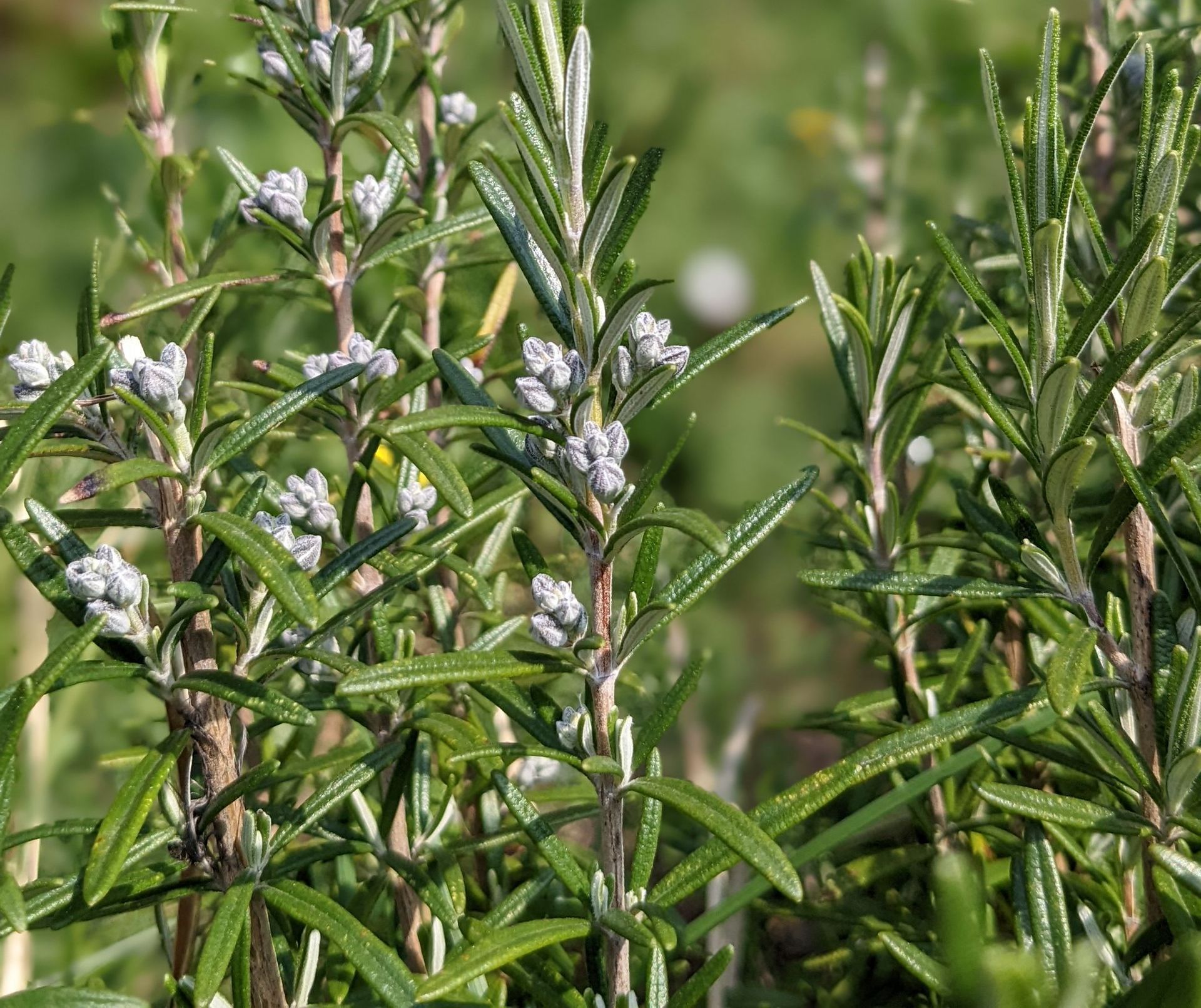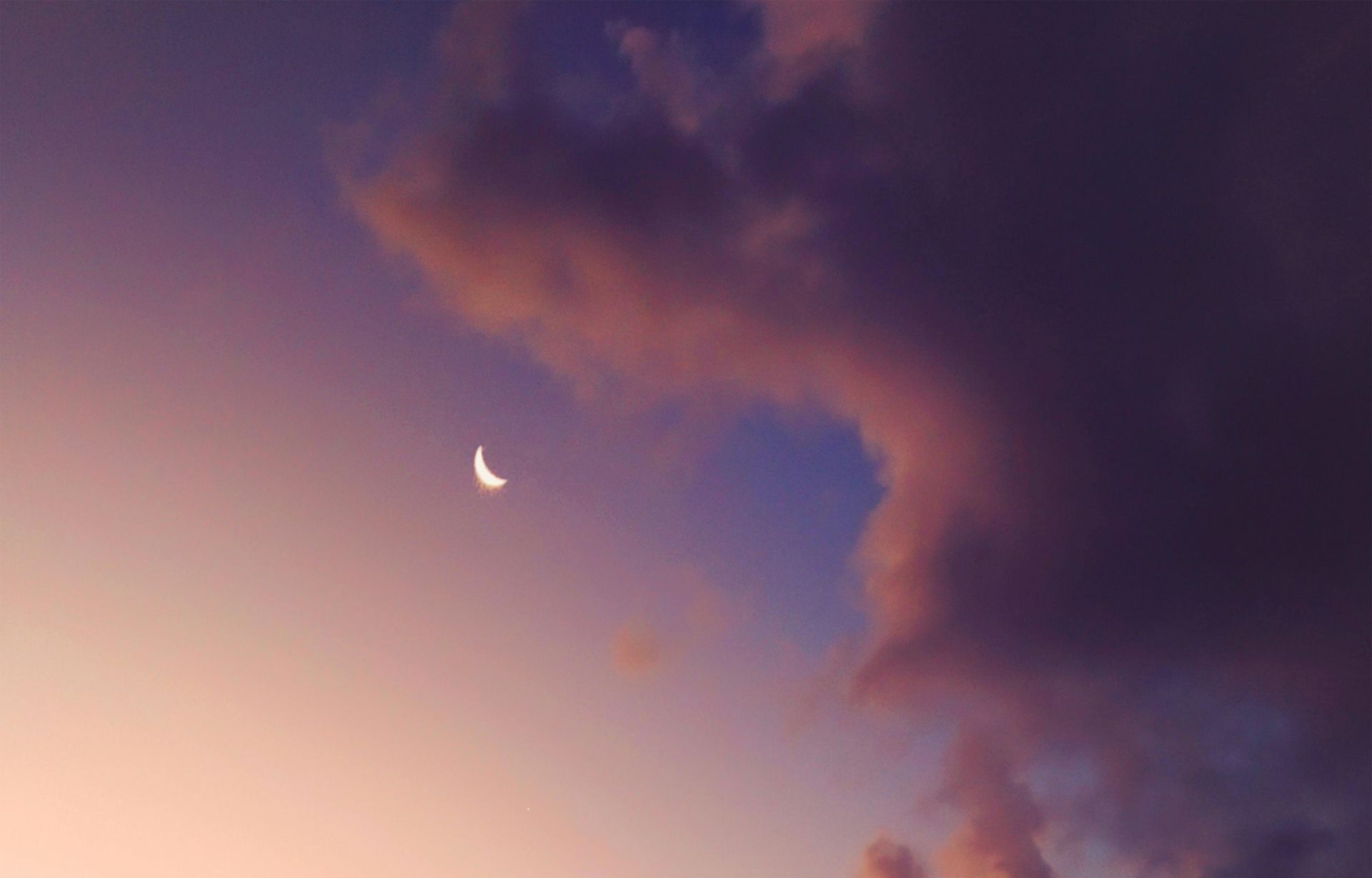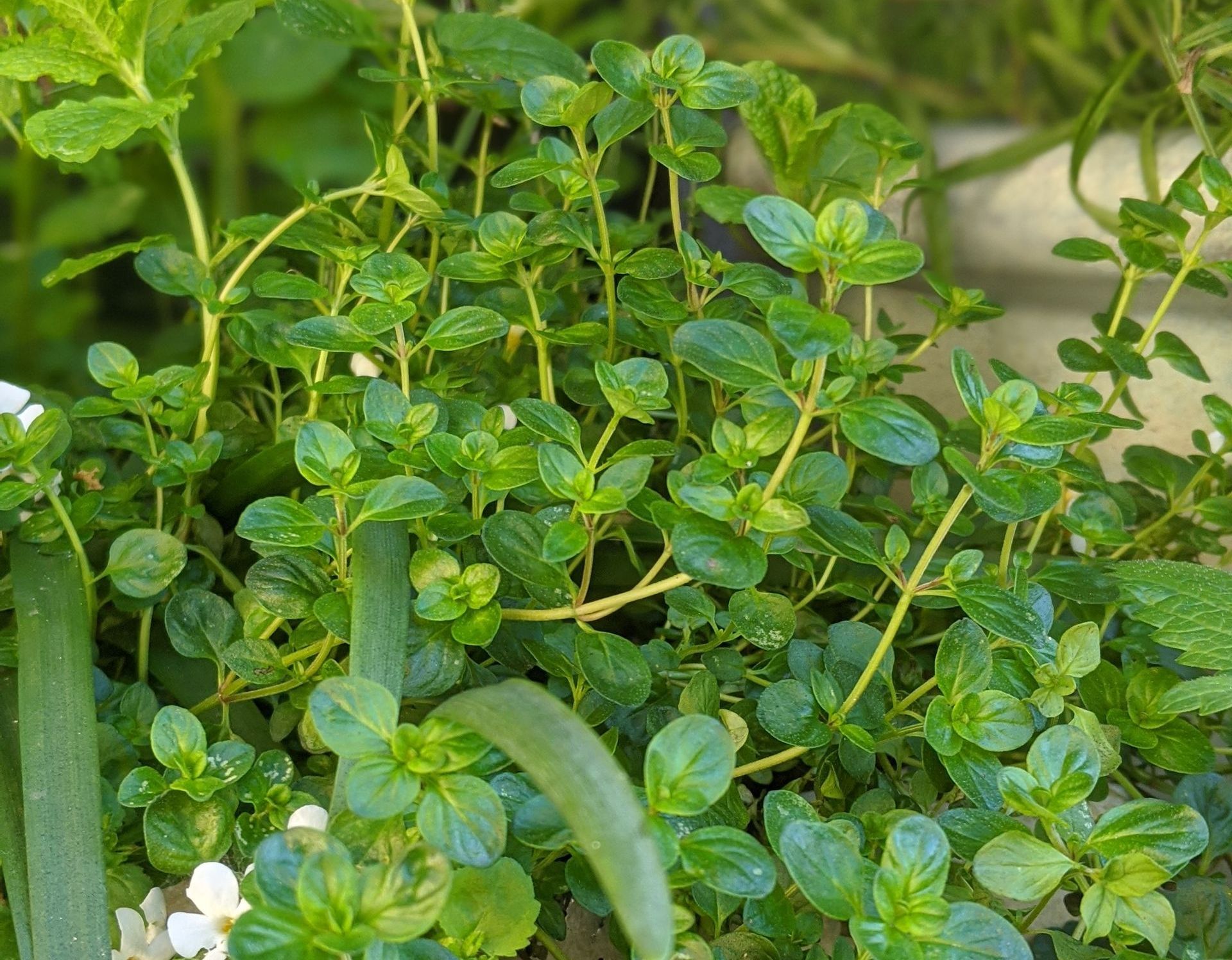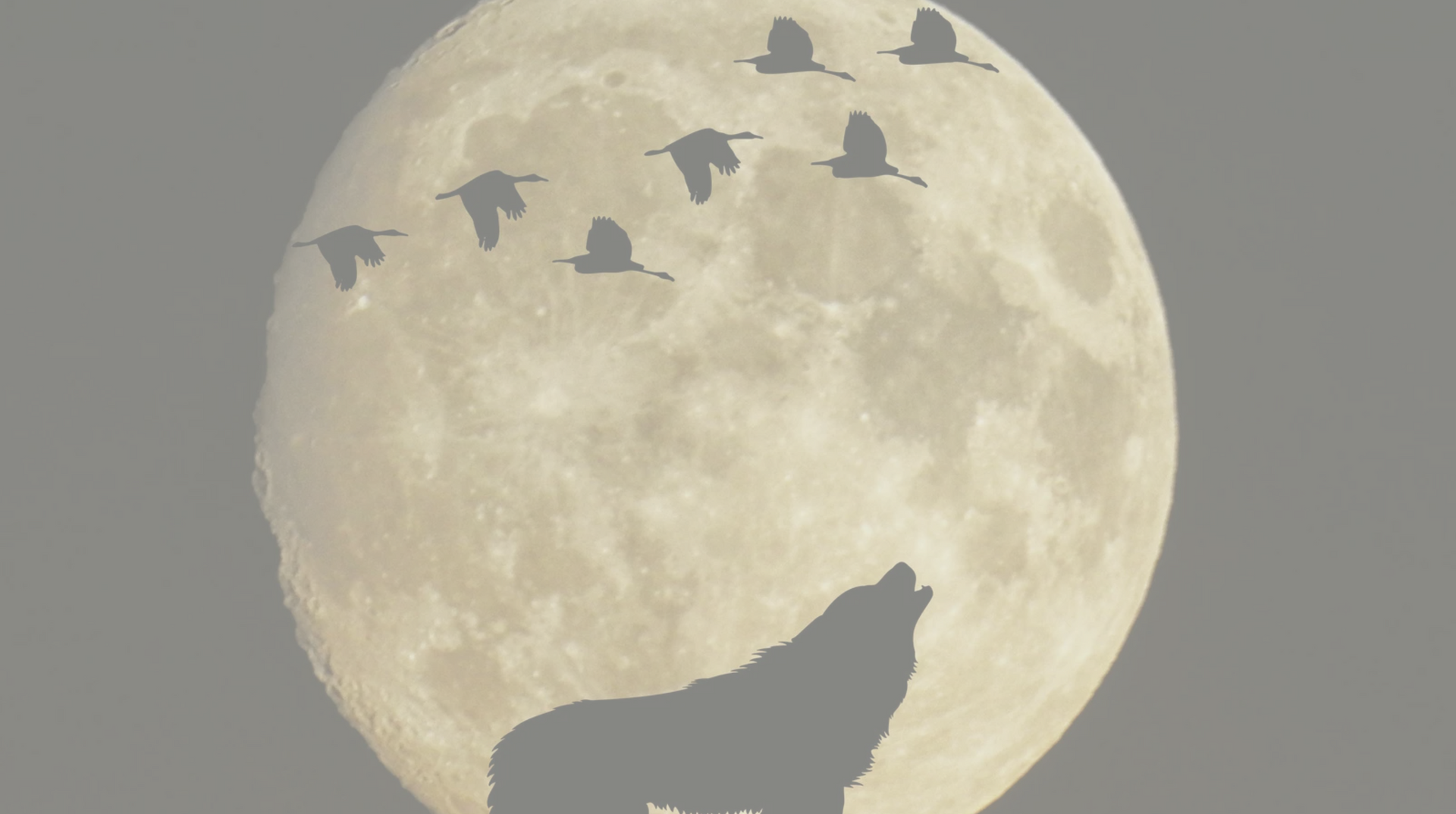Almanac for December 2023
Enjoy the sparkling frosty days leading up to the Yuletide season
Astronomial calendar
An almanac is traditionally defined as a 'calendar of the heavens' because it follows the four seasons through each solstice, equinox, moon phase, dawn and sunset, tide and Spring tides, local traditional events and folklore.
On the arrival of December, the dawn rose this morning at 7.58am with the first sunset of the month closing the day at 4.11pm.
At the end of the month, dawn will rise at 8.17am with the last sunset closing the day at 4.18pm as the evenings start to draw in at the beginning of the Winter season.
Here are some key events, dates and information to make a note of in December.
Moon phases
Tuesday 12 December - NEW COLD MOON in Sagittarius
Wednesday 27 December - FULL COLD MOON in Cancer
Winter Solstice - Friday 22 December
In the garden
Planting and Transplanting - trees and shrubs can still be planted and transplanted
Preparing Borders - dig over empty borders and prepare soil for next year’s planting
Potted Plants - group together in a sheltered spot in the garden to protect them from the harshest Winter weather
Bird Feeders - thoroughly clean feeders, stock up on wild bird food and make sure there is access to fresh, unfrozen water
General Maintenance - carry out repairs, clean out the shed, tidy the greenhouse and mend broken fences
Leaf Composting - build or buy a compost bin for fallen leaves to rot down over the Winter
In the hedgerows
Wild Fruits & Nuts - Crab Apples, Sweet Chestnuts
Wild Roots - Alexanders, Dandelion, Horseradish, Jerusalem Artichokes, Lovage, Rampion, Wild Garlic
Wild Greens - Chickweed, Hairy Bittercress, Dandelion Leaves, Sow Thistle, Wintercress, Yellow Rocket
In the markets
Vegetables - Beetroot, Brussel Sprouts, Cabbages, Carrots, Cauliflowers, Celeriac, Celery, Chard, Chicory, Garlic, Kale, Leeks, Lettuces, Onions, Oriental Leaves, Spring Onions, Parsnips, Potatoes, Pumpkins, Winter Squashes, Spinach, Swedes, Turnips
Fruit - Quinces
Herbs - Chervil, Parsley, Corander, Sage, Rosemary, Bay
Yuletide Decorations
The Winter Solstice, traditionally known as Yule, falls on the longest night and the shortest day of the year. Daylight will become increasingly shorter leading up to the Solstice and as it passes, days will start to get longer.
Yule is one of the oldest winter solstice festivals celebrated in Pagan times with light, fire, and feasting. In ancient tradition, an outdoor evergreen tree would be decorated with fruit and seeds to give thanks and blessings to Nature. A gold star was often added to to represent the Sun's energy and the five elements of wind, earth, water, wood and spirit.
Making a wreath for Yule originated in Pagan cultures. It was a festive occasion to gather greenery and seasonal plants like pine needles, holly or ivy. Anything evergreen was used to represent new life and longeivity.
Why not try decorating a living tree this year and creating a colourful wreath with holly berries, ivy flowers and mistletoe if you are lucky enough to find some. I will you a very Happy Yule!
Moon dates
Don't forget to make a date with the New Cold Moon on Tuesday 12 December and the Full Cold Moon on Wednesday 27 December when you can tune into the beautiful lunar light energies for making plans (New Moon) and taking action (Full Moon).
I look forward to seeing you for a new 'Welcome to the Month' series starting from 1 January 2024.
Further reading
I highly recommend The Almanac - A Seasonal Guide to 2024 with a wealth of information to help you get closer to Nature through the seasons.
Spiral Leaf may earn a small commission on books sold only by independent book sellers using the above link.
Thank you for helping me to keep creating free content - just for you!
Your support helps me to create beautiful content for you to enjoy and share freely with others who love Nature too
Latest Posts
All Posts
Privacy & Cookies Policy | Use of Website Terms | Online Sales Terms | Site Map
Website created and built by Sue Cartwright | No AI is or has been used to build this site or create the content herein
All Rights Reserved | Sue Cartwright | Spiral Leaf

